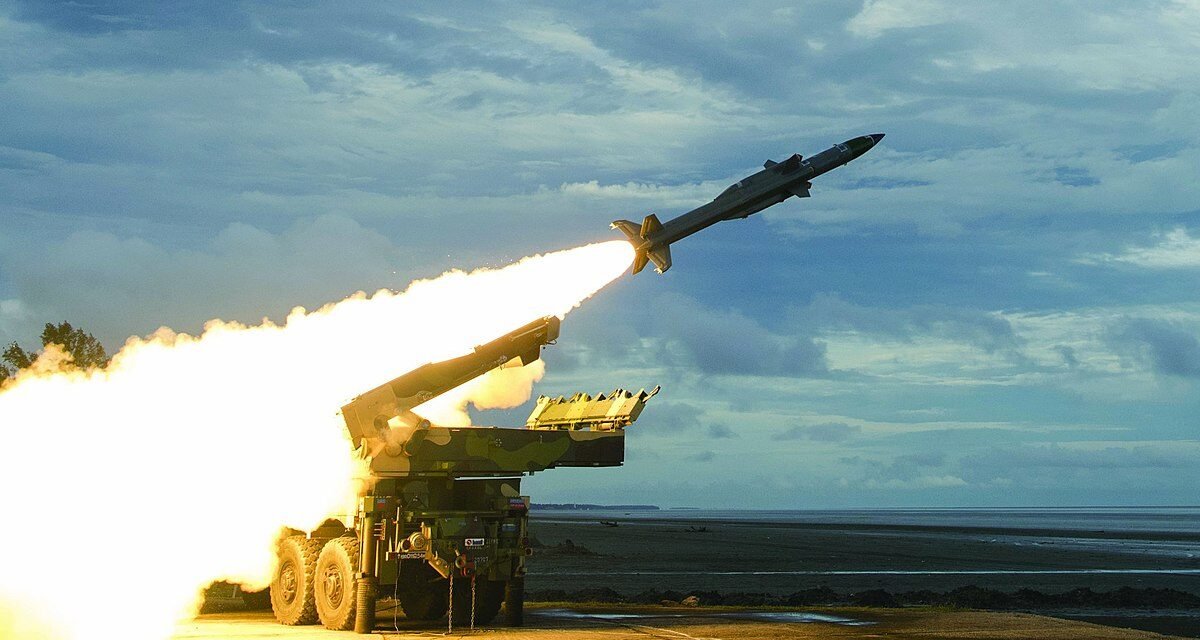Surface-to-Air Missile (SAM) systems are advanced defensive platforms designed to detect, track, and destroy aerial threats such as aircraft, drones, and incoming missiles. They operate through a combination of advanced sensors, command systems, and guided missiles to provide robust air defense capabilities. Here’s an overview of how SAM systems operate:
1. Components of a SAM System
SAM systems consist of several key components working together:
- Radar and Sensors:
- Detection Radar:
- Identifies potential aerial threats at long ranges.
- Example: 3D radar systems for range, altitude, and velocity detection.
- Tracking Radar:
- Continuously monitors the target’s position and trajectory.
- Example: Fire-control radars.
- Electro-Optical/Infrared (EO/IR) Sensors:
- Provide additional tracking capabilities in conditions where radar may be less effective, such as during electronic warfare or low radar cross-section (RCS) targets.
- Detection Radar:
- Command and Control (C2) Center:
- Analyzes data from sensors and radars.
- Assigns targets and provides guidance to interceptors.
- Coordinates operations with other air defense systems.
- Launchers:
- Ground-based launch platforms that fire missiles toward identified threats.
- Can be fixed installations, mobile platforms, or vehicle-mounted systems.
- Missiles:
- Guided projectiles designed to intercept aerial threats.
- Equipped with propulsion, guidance, and warhead systems.
2. How SAM Systems Operate
The operation of a SAM system can be broken down into several stages:
A. Target Detection
- Surveillance:
- Detection radars continuously scan the airspace for potential threats.
- Systems like phased-array radars provide wide coverage and real-time tracking.
- Identification:
- The C2 center processes radar signals to distinguish friendly, neutral, or hostile targets.
- Identification Friend or Foe (IFF) systems prevent accidental engagement of allied aircraft.
B. Target Tracking
- Once a target is identified as a threat, tracking radars or sensors focus on it.
- The system calculates the target’s trajectory, speed, and altitude for accurate interception.
C. Fire Control and Engagement
- Engagement Decision:
- Based on the target’s threat level and proximity, the C2 center decides to engage.
- The system selects the appropriate missile type and launcher.
- Missile Launch:
- The launcher fires a surface-to-air missile towards the target.
D. Missile Guidance and Interception
SAM systems use different guidance methods to direct missiles to their targets:
- Command Guidance:
- The missile relies on commands from the ground-based radar or control station.
- Example: S-300 and Patriot systems.
- Semi-Active Radar Homing (SARH):
- The ground radar illuminates the target, and the missile homes in on the reflected radar energy.
- Example: PAC-2 missiles in the Patriot system.
- Active Radar Homing:
- The missile has its onboard radar to track the target during the final phase of engagement.
- Example: PAC-3 missiles in the Patriot system.
- Infrared (IR) Homing:
- Missiles use heat-seeking sensors to follow the target’s thermal signature.
- Effective against low-RCS targets like drones and stealth aircraft.
- Example: Stinger MANPADS.
- Proportional Navigation:
- Algorithms calculate intercept trajectories, ensuring efficient engagement.
3. Types of SAM Systems
SAM systems vary based on their range and mobility:
A. Short-Range Air Defense (SHORAD)
- Range: <30 km.
- Target: Low-flying threats like drones, helicopters, and aircraft.
- Example: Avenger system, Pantsir-S1.
B. Medium-Range SAM
- Range: 30–100 km.
- Target: Tactical aircraft, cruise missiles.
- Example: NASAMS, Buk-M2.
C. Long-Range SAM
- Range: >100 km.
- Target: Strategic bombers, ballistic missiles, high-altitude aircraft.
- Example: S-400 Triumf, Patriot PAC-3.
4. Challenges for SAM Systems
- Electronic Countermeasures (ECM):
- Modern aircraft use jamming and spoofing to disrupt radar systems.
- Low Observable Targets:
- Stealth technology reduces the RCS of targets, making detection difficult.
- Saturation Attacks:
- Adversaries may use large numbers of missiles or drones to overwhelm SAM systems.
- Hypersonic Threats:
- Hypersonic missiles pose challenges due to their speed and maneuverability.
5. Recent Innovations in SAM Systems
- Integrated Air Defense Systems (IADS):
- Combine multiple SAM types with fighter jets, early warning systems, and other assets for layered defense.
- Artificial Intelligence (AI):
- Enhances threat detection, target prioritization, and automated engagement.
- Multi-Target Capability:
- Modern SAM systems can simultaneously track and engage multiple targets.
- Example: S-400 can engage up to 36 targets at once.
- Hypersonic Interception:
- Development of systems to counter hypersonic threats (e.g., U.S. Glide Breaker program).
6. Examples of Modern SAM Systems
- Patriot (U.S.):
- Effective against ballistic missiles, aircraft, and drones.
- Operates in over a dozen countries.
- S-400 (Russia):
- Advanced system capable of intercepting long-range and high-speed threats.
- Iron Dome (Israel):
- Focused on intercepting short-range rockets and artillery shells.
- Aster Missile System (Europe):
- Used in naval and land-based air defense roles.













